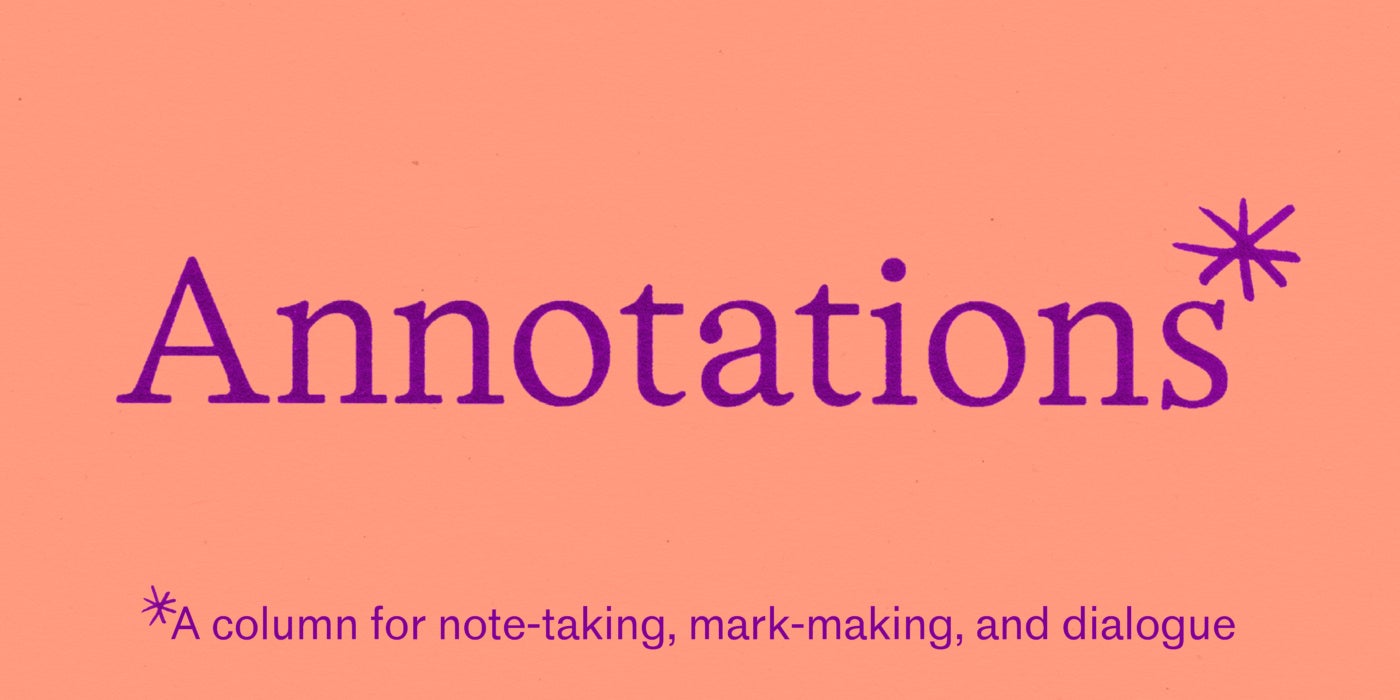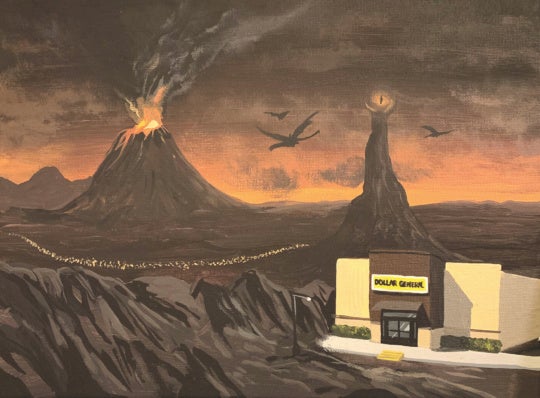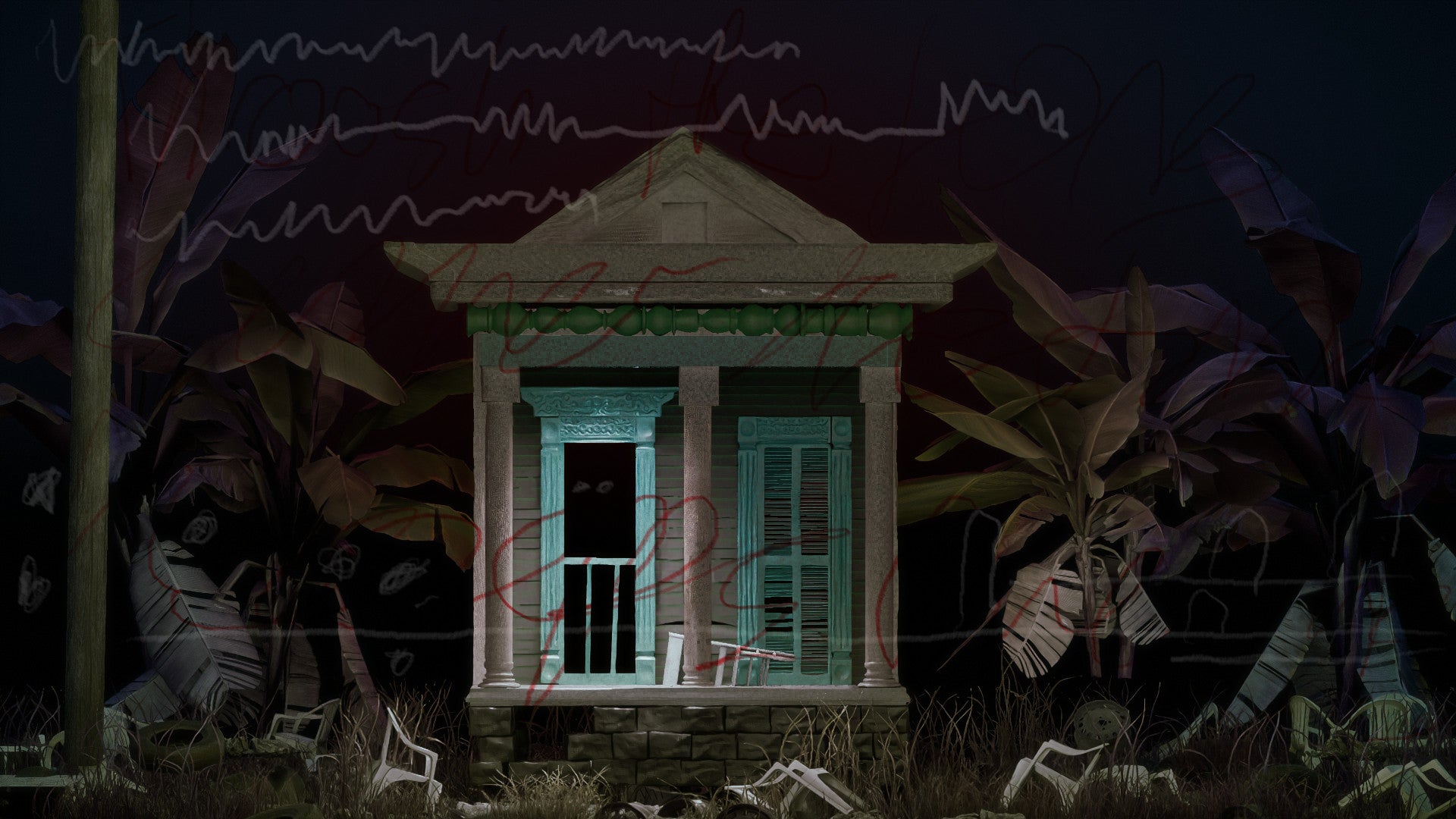
Burnaway is excited to announce a new column, ANNOTATIONS, curated by Artist Director and Editor Courtney McClellan. As the title suggests, the column will include unique annotations created or contextualized by artists, writers, and cultural workers from the South and the Caribbean.
Stated simply, annotations are notes added to a text or image. Visually, they take many forms: shorthand, strikethroughs, highlighting. Conceptually, annotations hold paradoxical qualities. They reject the idea that reading and writing are solitary acts. Inherently social, annotations invite conversation and collaboration, but also disagreement and debate. Found bits of text or small doodles at the corner of a page can be adornment and graffiti, gentle or abrasive. Annotations are data that adopt and defy expertise. They are intertextual and fight singularity, linearity. Imperfect and profound, annotations are gestures of care and critique. Grappling with history, power, and the past (including past versions of ourselves), they make plans and wait patiently for a future reader. Annotations are time travel.
As only a great annotation could, the first contribution to the column plays with these multiplicities. Ryan Christopher Clarke speaks to Black annotation and the relationship between jazz and electronic music through the poetry of inscriptions on vinyl records. Clarke’s work manifests in text, image, and sound. Through the confluence of discursive ideas, it embodies what is curious and powerful about annotation as a medium.
The column will bridge visual, written, and audio/video output in order to initiate dialogue. Some responses will be made by individuals, others by groups of people. Contributions might employ a printed text as a substrate, appear like comments in a Google Doc, or look like handwritten notes on xeroxed documents. Annotations can take so many forms, we aren’t quite sure what they will be—which is exactly why we want to share them. Examining the iterative nature of writing and publishing, the column will also provide a means to reveal and reflect upon the act of editing itself.
Further, because of the dual directness and complexity of the format, annotation as a means of communication is ripe for Burnaway’s coverage area. The South and the Caribbean are never one thing. Artists and writers, makers and thinkers, have and will continue to implement and examine annotation. This column is a gathering place for a few of those studies.
Reader, await a conversation on the page, or the screen, as the case may be. Anticipate boundary crossing. Be ready to investigate process alone and together.




